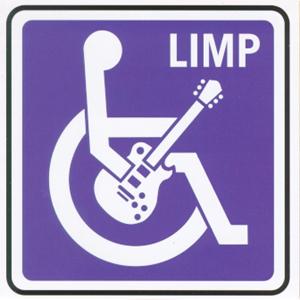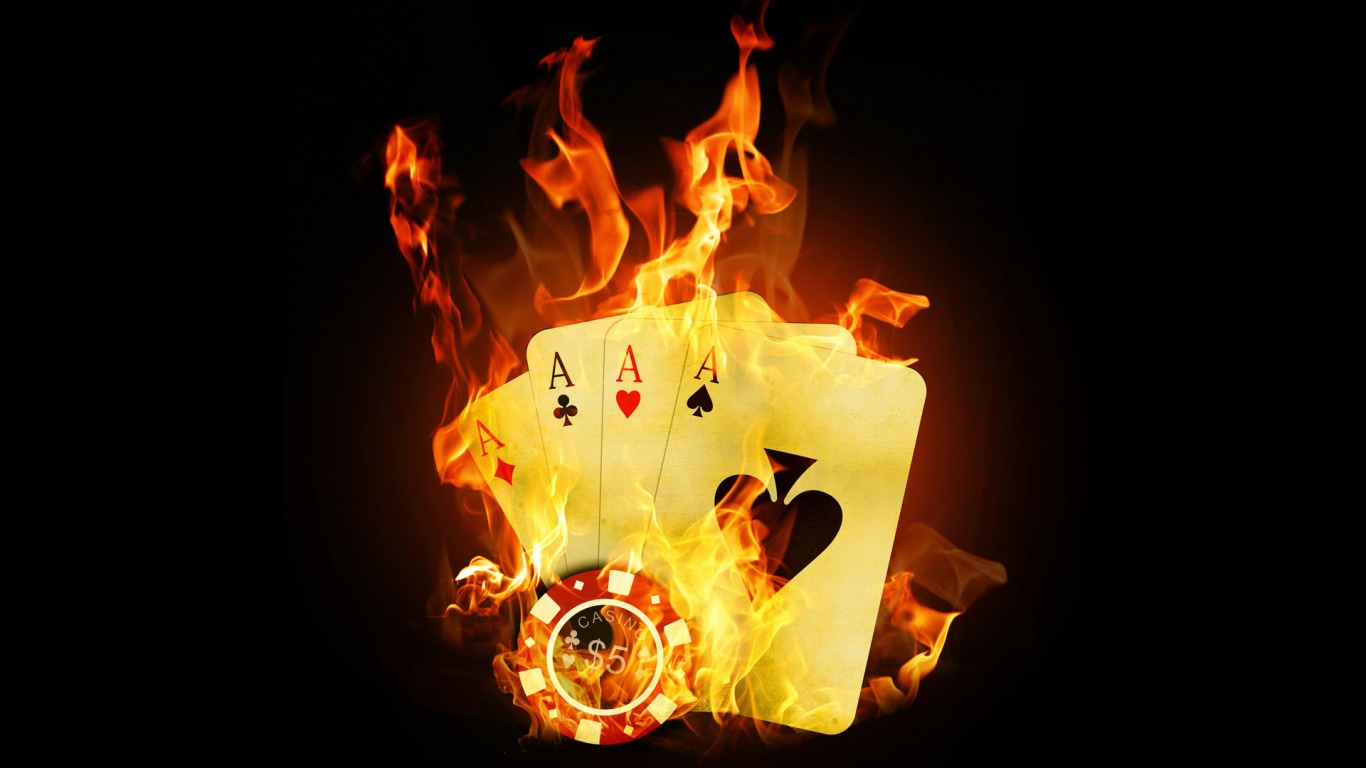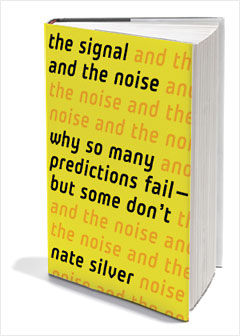
Article based on the memoirs of Aejones.
I would like to talk about the limp. When I speak to limp, I won't say open-limp, but limp after the limpeux. I'll make this game primarily in late position when I do not want to be 3-bette and I will make this game with several types of hands. Because of limping is not bad necessarily, because you keep the small pot and you will see more flop and you will win more pots. On the other hand, you will need to learn many things, as does limp - reraiser, but it will be very difficult to incorporate into your game. Don't worry too much with the fact of swinging your game at the moment.
If I had to give a location perfect for limp 6 - Max, it would be the button with deep stacks while one of the blinds is a regular on aggressive and the other blind is a fish, especially if the aggressive regular is the sort to often 3-better.
I would also like to mention the fact to limp on the button. I talk about the range of your opponents for 3-better, of their range to raiser, of their range for cold-caller.
I would like to continue with the idea of open limp vs limp-behind. You want to play hands heads up with cards that will make big pairs. Pocket jacks is a big pair. KJ, AT, are cards that will make big pairs. Hands like small pairs, as pocket 2, can make the brelans. The fact of limp pocket 2 will be a good game. If the flop is KJ7, you know that you can easily folder. Your game will be simplified in all in/fold and there is nothing wrong with it. Limp did nothing wrong. I'll do it with small pairs, suited connectors and assorted ACEs. Because these 3 types of hands to play very well in pots family. You can make the brelans with the pairs, straight with the suited connectors and you'll have the nuts flush with all your Axs. With these hands, you do more nuts hands when you have a hand like KJ. This is why I never go limp with a hand like KJo because with this hand you want to play small pots against 1 person.
With the suited connectors, you can play big pots because you'll often nuts with this type of hands and all pairs that can make the brelans. With these hands, you can stacker players who overstate top pair for example.
Examples
In what situation I'm going to limp? Examples are always good:
UTG limp, is a fish, it has maybe 50BB, it is not the kind to limp reraiser, I have not seen him do this before game. Easy limp with a pocket pair of 2 to 8 Although I do limp not always pocket 8, it will be an easy limp if I'm in UTG + 1, the cutoff may be, it will be a limp, button it will be a little tighter.
Also, you should know that most stacks are deep, more you will want to raise pre-flop. Because if you beings flop in HU and that you hit a set, if the pot is only only 7BB, it won't be easy to pick up the stack of your opponent. It will be easier if the pot has 10 or 12 BB since you wager probably 75% of the pot on the flop, etc. and the pot will be bigger at the end of the hand.
When I'm on the button and a fish limp UTG, I go to restart it with a % of hands pretty crazy, as if I was a late player, something like 75% of my range of hands. Almost all my hands except very bad hands like 27o. This is something which we'll discuss later, due to raiser the limpeux.
Here we know the good hands with which limping with a limpeux, without implied odds hands reversed. When you raisez of the limpeux, you need to know your players. What is the size of their stack? Is kinds of players to limp - reraiser? The hands with which I'll raiser of limpeux are hands I'll raiser for value. AJ +, KJs +, + QJ hands as 89 although it is offsuit.
When I'm in late position, my range is going to be much broader and sometimes even this will be almost any 2 cards. These players will play their hand in an obvious manner and you can often pick up pots pre-flop or after the flop.
You need to know for now is that the post-flop will be influenced by the pre-flop action. Your hand is less important than the size of the pot and position you have when you build this pot. And this because we already said that position is one of the most important things at the NLHE.
Raiser of the limpeux
Now, I would like to talk about pros and cons to the fact raiser of the limpeux. Why should you isolate and why you should not do. Some people like the fact of 3-better to isolate themselves. I play often against a good regular and often it me 3 - bet to push me hand and isolate with the fish. From my side, it is not a game I'm doing with a wide range of hands. You always know if you have a type of player who likes 3-better to isolate themselves with the blinds to your table.
If you are on the button after a fish has limped and you know that one of the blinds is a very aggressive player who will no doubt wish to isolate themselves with the fish, you may consider the option of limping the button. This is why it is very important to know the players in the blinds to be able to read them well. One of the disadvantages to relaunch a blind that raiserait to isolate themselves, is that you will be hunting the fish outside the pot.
For example, a fish limp in UTG + 1, the cutoff reminder to isolate themselves with him and you're on the blinds with AQs. What will be your decision? Here, if you flat call, you play a dominant hand to several players and you keep the fish in the part.
On the other hand, if you 3-bettez, you'll be more likely to play for the stack in this situation and you will be hunting the fish by hand. You will often create situations difficult to play. In addition, if the fish limp - reraise, you folder your hand. Same situation with 99 or TT. Perhaps this is situations easy for you 3 - bet when the button will open, but it will simply more profitable for you to caller when there is a fish that will limp. You want to play this hand after the flop. Often, I do games pre-flop because I tell myself I'll go get the pots after the flop. Other times, the 4 - bet will be possible when the stacks are deep.




